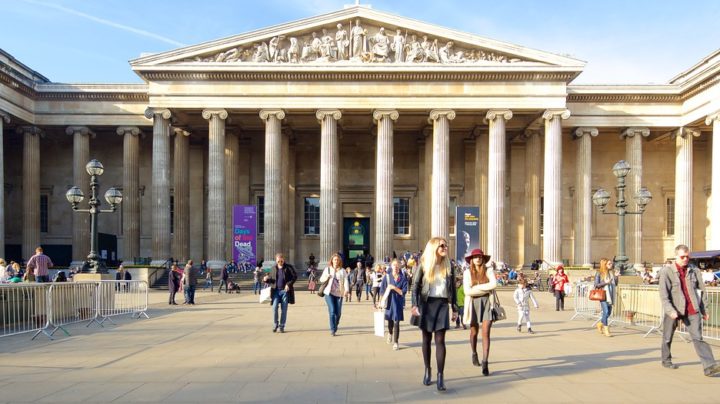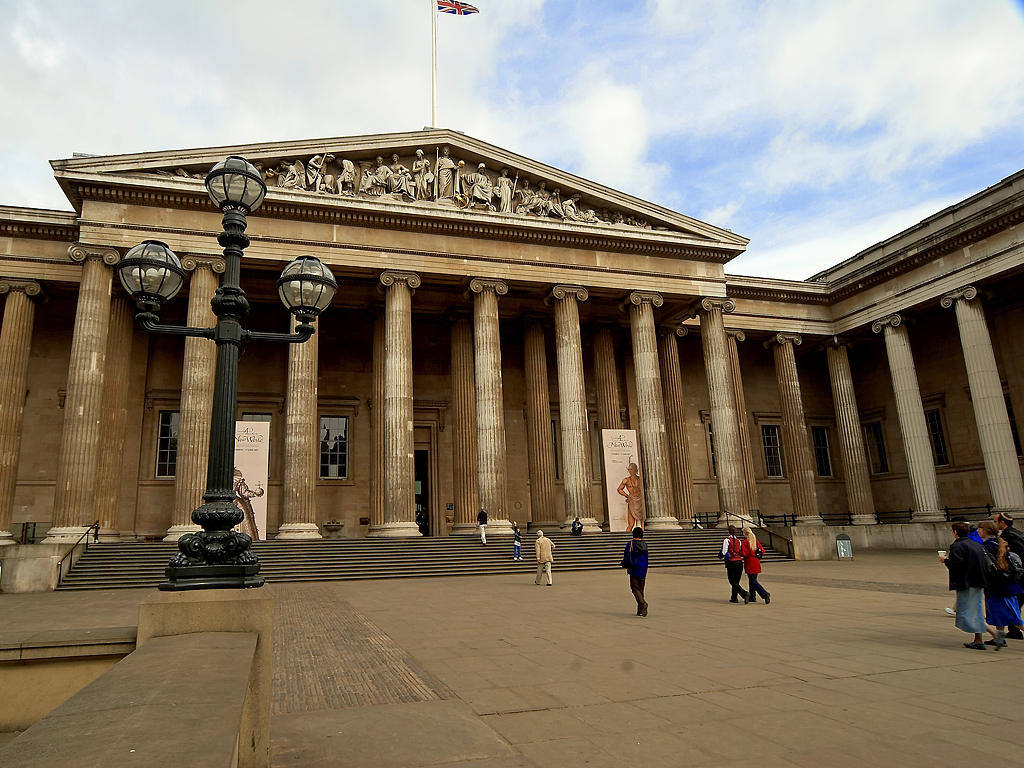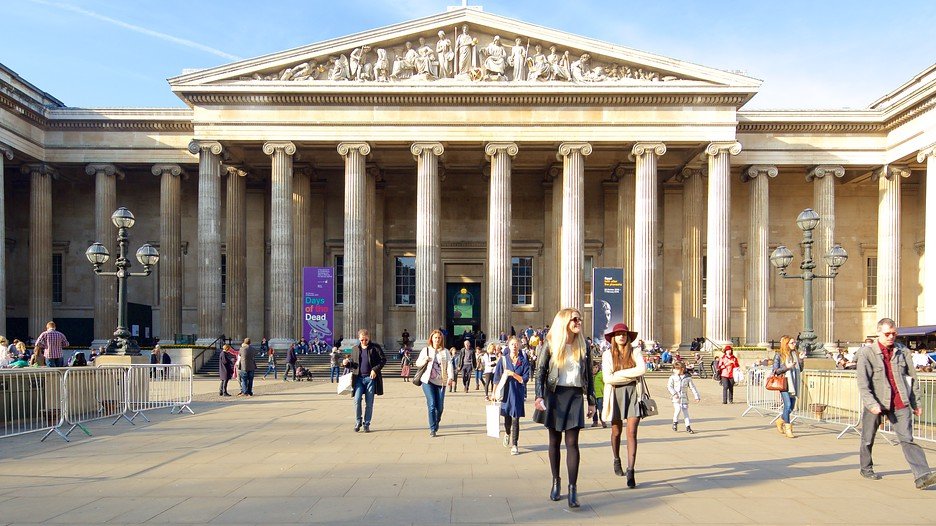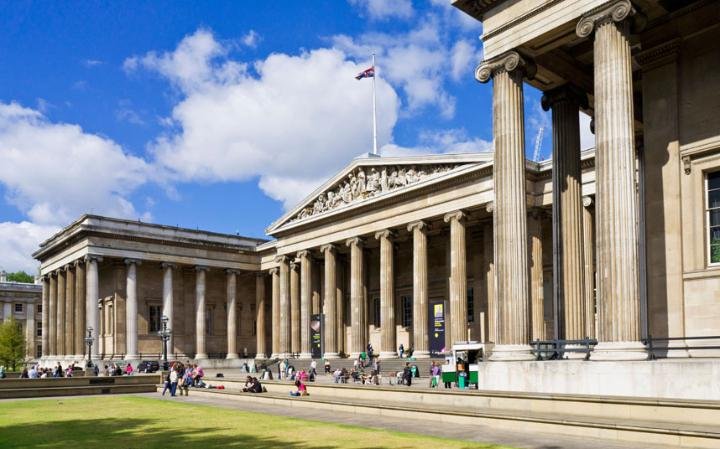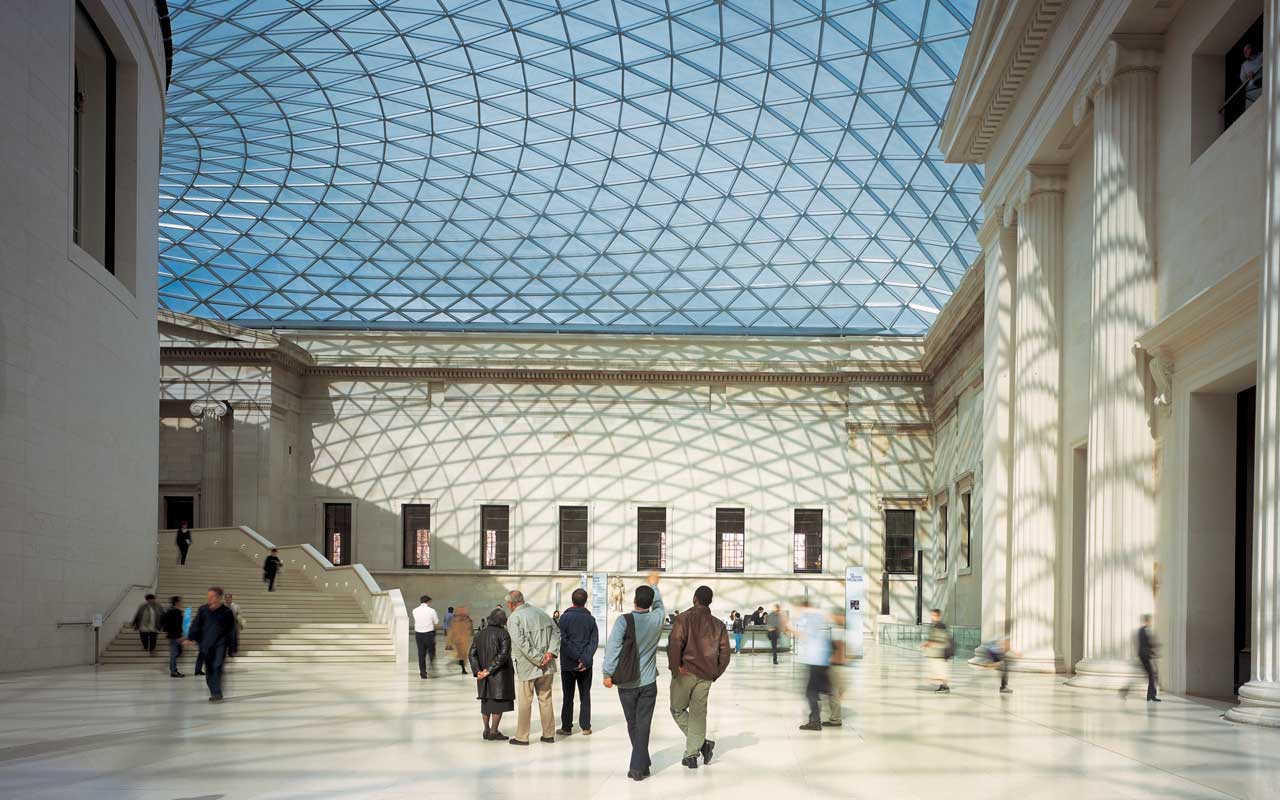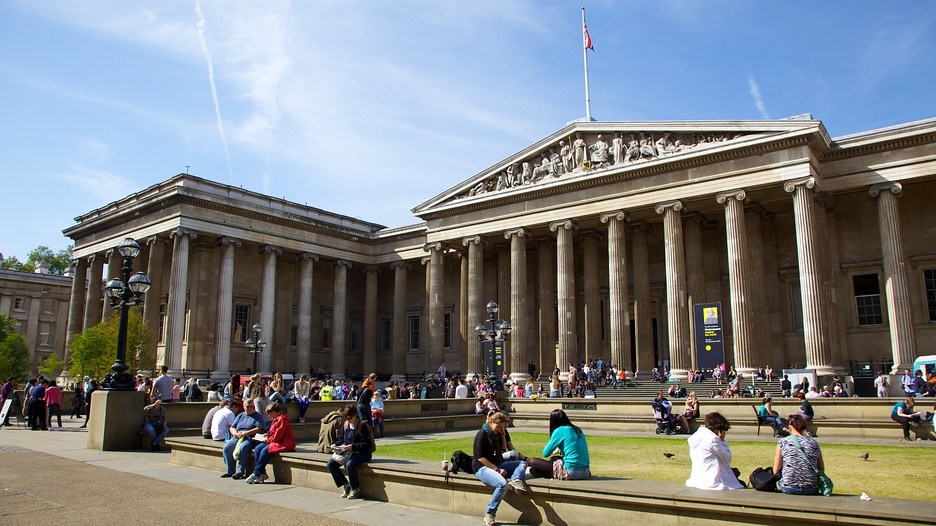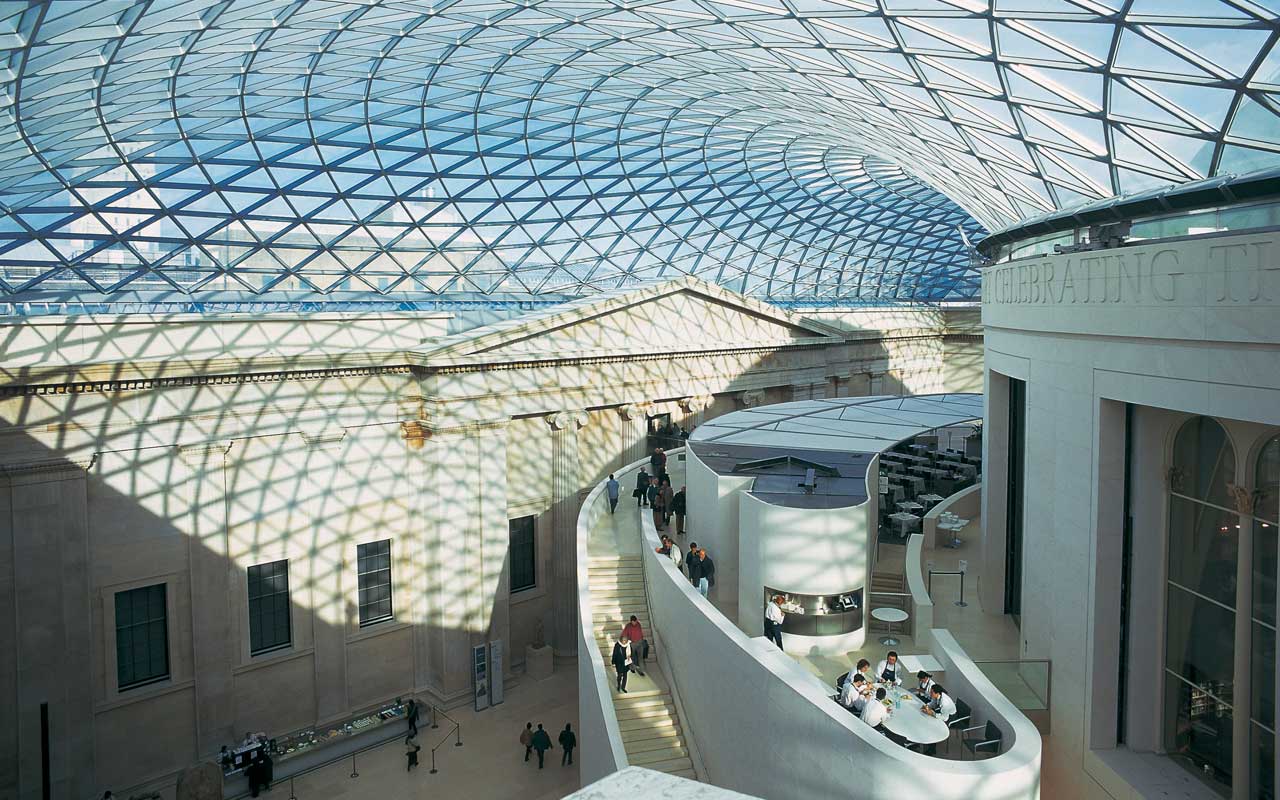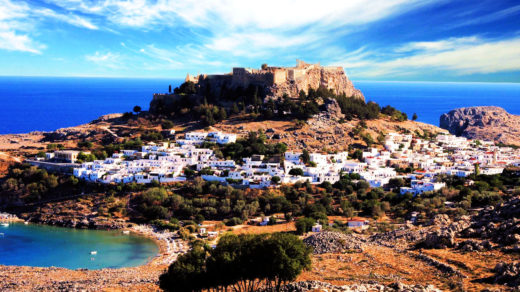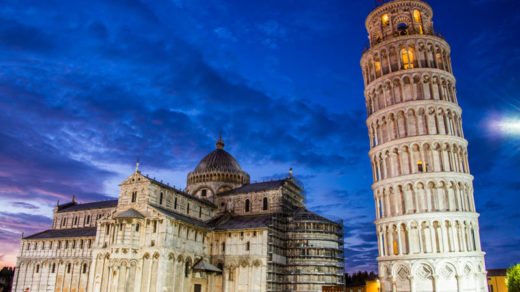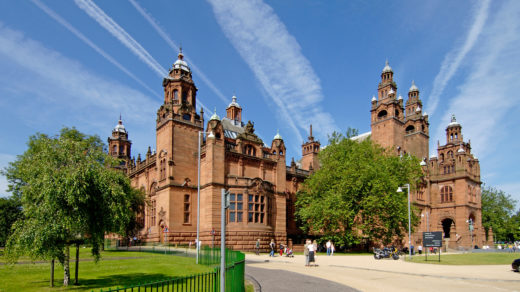If there is any question of where the museum is the largest and most comprehensive ever? Then perhaps the answer is the British Museum, located in the city of London. A museum dedicated to the history and culture of mankind has reached 8 million collections of objects. With a collection of objects from around the world, this museum represents humankind from antiquity to the present.
Established in 1753, largely a collection of objects from the British Museum was originally a donation from Sir Hans Sloane. Sloane did not want the objects collection has become dormant after he died, then he handed it to King George II. A collection of objects has reached more than 71,000 objects in the form of 40,000 printed books, 7000 manuscripts, paintings, photographs and antiques from Greece, Egypt, Rome, eastern Asia and America. After that, on June 7, 1953, King George II gives official approval to establish the British Museum.
The place chosen to serve as the museum was Montagu House. Other candidates that will be used is Buckingham House, but was rejected for reasons of cost and incompatibility location. On January 15, 1759, the British Museum was officially opened in Montagu House. With the increasingly widespread expansion in the UK to other countries, and many British explorer who sailed around the world, the more a collection of objects that they carry. For example Captain T James Cook who brought antiques, coins, sculptures, and paintings from the middle of nowhere. This further raises the reputation of the museum and make the museum more crowded.
In 1822, along with the many donations from the private library of King George III, made several expansions and renovations at the museum. Sir Robert Smirke, stylish neoclassical architect who led the renovation decided to restore Montagu House and built the King’s Library and several other extensions. 1852 marked the completion of the renovation of Robert Smirke. But apparently still could not offset the rapid amount of new collections at the museum. Then built some more gallery, and also the Round Reading Room that contains millions of books.
With the limited space, then in 1887 the natural history collection was moved to a new building in South Kensington, and was named British Museum of Natural History or Natural History Museum is now called. In addition to the Natural History Museum, displacement of the museum collection is also done for books and manuscripts. In 1997, millions of book collections were transferred to the British Library, and is followed by the closing of The Round Reading Room. Now, the British Museum no longer has a collection of objects of natural history (natural sciences) and also a collection of books. But this museum retains its universality in the collection of artifacts representing cultures from around the world, either ancient or modern.
Since it was founded until now, the collection of the British Museum grew more and more until it reaches 8 million objects, 70 million objects in the Natural History Museum, and 150 million objects in the British Library. By having an area of more than 92,000 m2, the British Museum is one of the most comprehensive museums in the world. Not less than six leading architects who contributed ideas in the construction of this museum from time to time. They are Robert Smirke, John Russell Pope, Spencer de Grey, John James Burnet, Sydney Smirke, John Taylor. One side of the museum’s most easily recognized of course is part of the face or facade, this part is the work of Robert Smirke.
With 44 pieces of 14-meter-high pillars, this architecture will be reminiscent of the temples in Athens. Of the many artifacts and antique items, collections at this museum in the show in some departments with a particular category. Department of Ancient Egypt and Sudan at the British Museum has an antique collection of objects of Ancient Egypt’s most complete, in addition to those contained in the Egyptian Museum in Cairo. Objects from Egypt and Sudan illustrate the culture along the banks of the Nile from since Predynastic Neolithic (10,000 years BC).In addition to a donation from Hans Sloane, the majority of the collection was donated by the British military forces when they defeated the French forces at the Battle of the Nile in 1801.
In addition to a donation from Hans Sloane, the majority of the collection was donated by the British military forces when they defeated the French forces at the Battle of the Nile in 1801. There are 7 gallery to display Egypt’s antiquities, including one of them is “Room 4” which is the largest room. The room is occupied by sculptured monuments and statues. Some objects that are found in ancient Egyptian section are: a colossal statue of Ramses II, the red granite statue of Amenhotep III, Saite Sarcophagus of Satsobek, mummy Cleoptara, The Rosetta Stone and others.
Department of Greece and Rome featuring antiques from the area of Rome and Greece. That’s where some of the carved image of the Parthenon in Athens, the Mausoleum at Halicarnassus and the Temple of Artemis at Ephesus. The Elgin Marbles, a carved image, which comes from the Greek, became one of controversy because it is often argued about which side is more entitled to keep it, the British Museum or Greece. Department of the Middle East with 330,000 object, featuring a collection of antiquities from the area of Mesopotamia or the Middle East, including the Assyrian, Babylonian, Persian and Sumerian.
There is one part of the British Museum is a special display of paintings and drawings, the Department of Prints and Drawings. The museum has more than 50,000 paintings on display alternately. Some of the world famous painters such as Leonardo da Vinci, Michelangelo, Raphael, Titian, Rembrandt and Rubens had paintings exhibited in this section. In addition to some department already mentioned above, the British Museum still has some department others, namely the Department of Prehistory and Europe, Department of Asia, Department of Africa, Oceania and the Americas, Department of Coins and Medals, Department of Conservation and Scientific Research, and Libraries and Archives.
For those who love to visit museums, the British Museum is a museum which must be visited. With the completion of the artifact collection, visitors will be able to see the culture from around the world. Moreover, to visit this museum does not charge admission. British Museum is open every day from 10:00 am until 17:30 pm. Especially for Friday, the museum is open until 20:30 at night.
This museum can be visited throughout the year except during the New Year and Christmas holidays (December 24 to 26). Not difficult to get to this place, because it is supported by many transport that can be used. Using bus transportation can be done through lines 1, 7, 8, 19, 25, 38, 55, 98, 242 (stopping on the way New Oxford), lanes 10, 14, 24, 29, 73, 134, 390 (stops at Tottenham Court Road or Gower Street) and lanes 59, 68, X68, 91, 168, 188 (stops at Southampton Row). Transportation can also use the subway, the nearest station is Tottenham Court Road, Holborn, Russell Square or Goodge Street. Not recommended to use the car, because of the small number of parking spaces, and moreover charged expensive parking. Enjoy the beauty of the architecture of the museum building and antiques from around the world. Address: Great Russell Street, London WC1B 3DG, United Kingdom Phone: 020 7323 8299 http://www.britishmuseum.org
